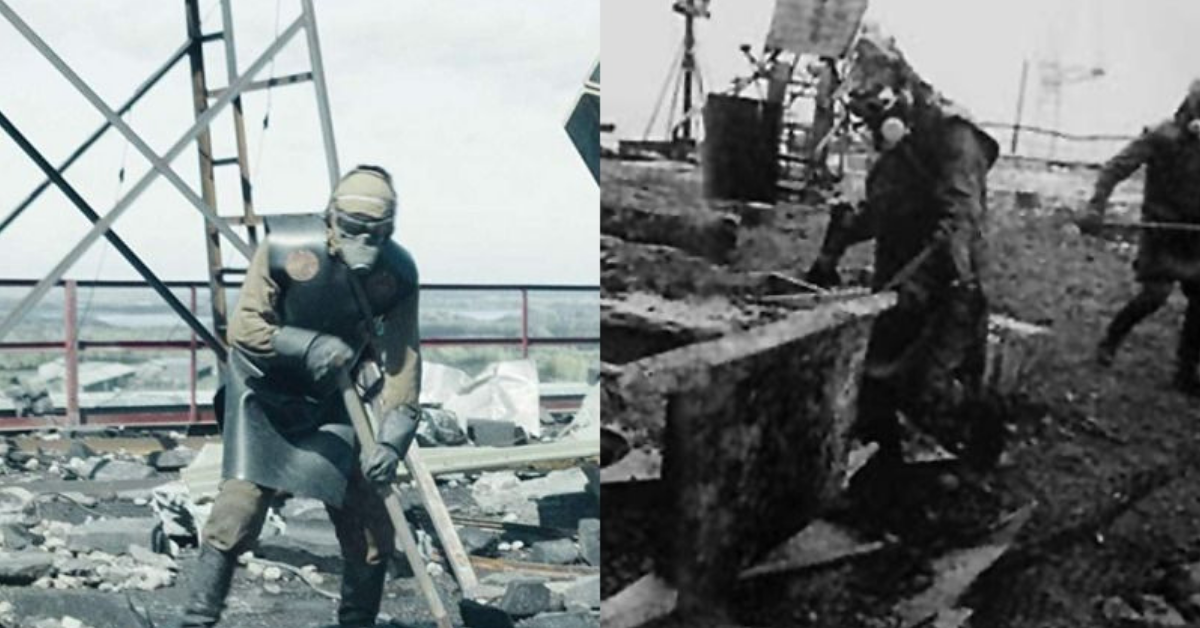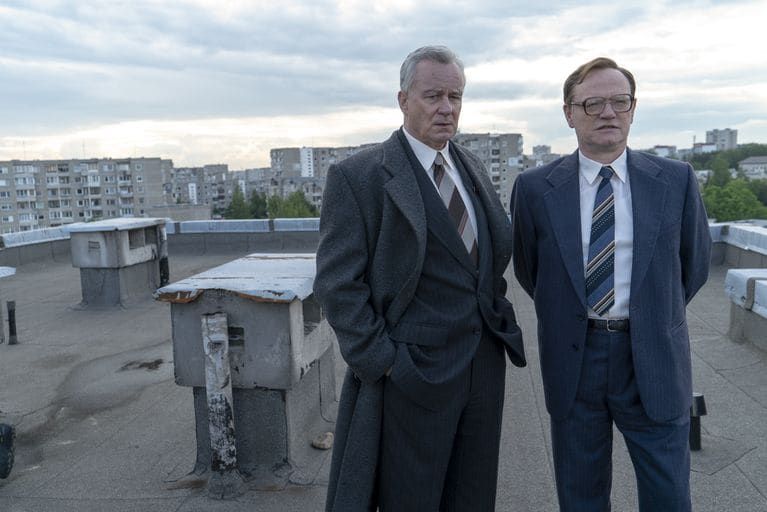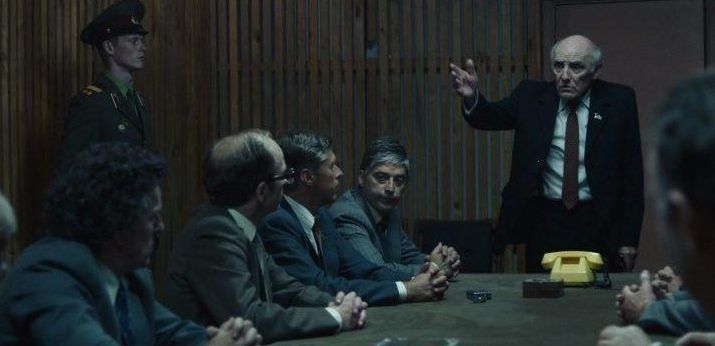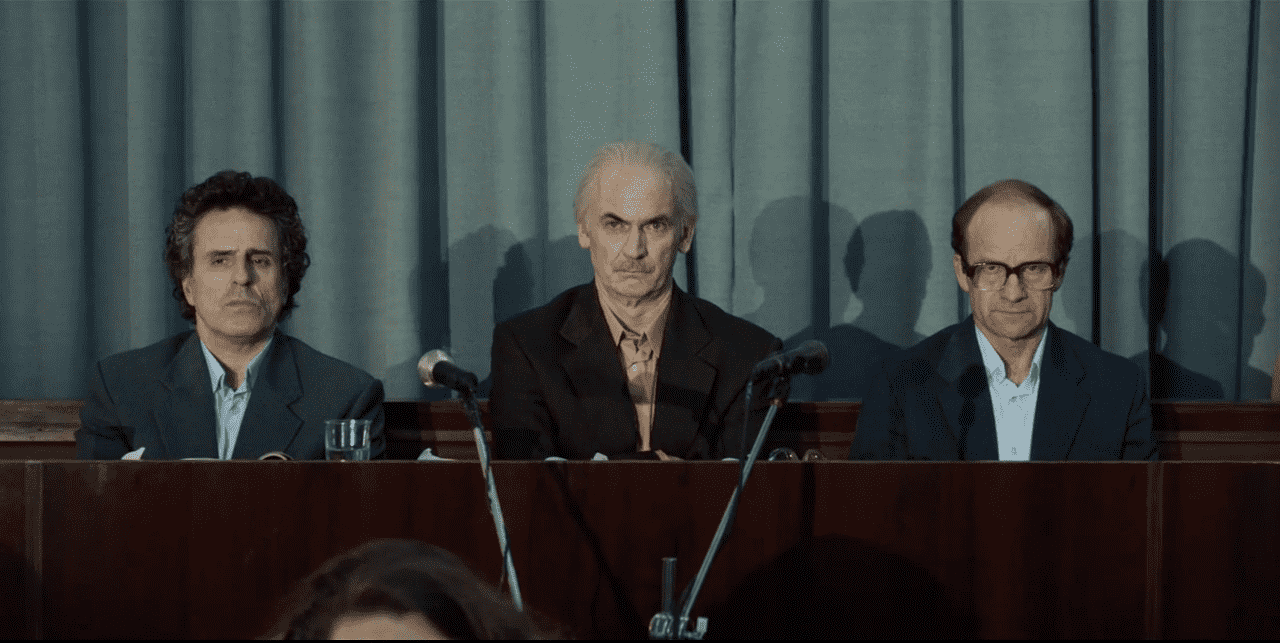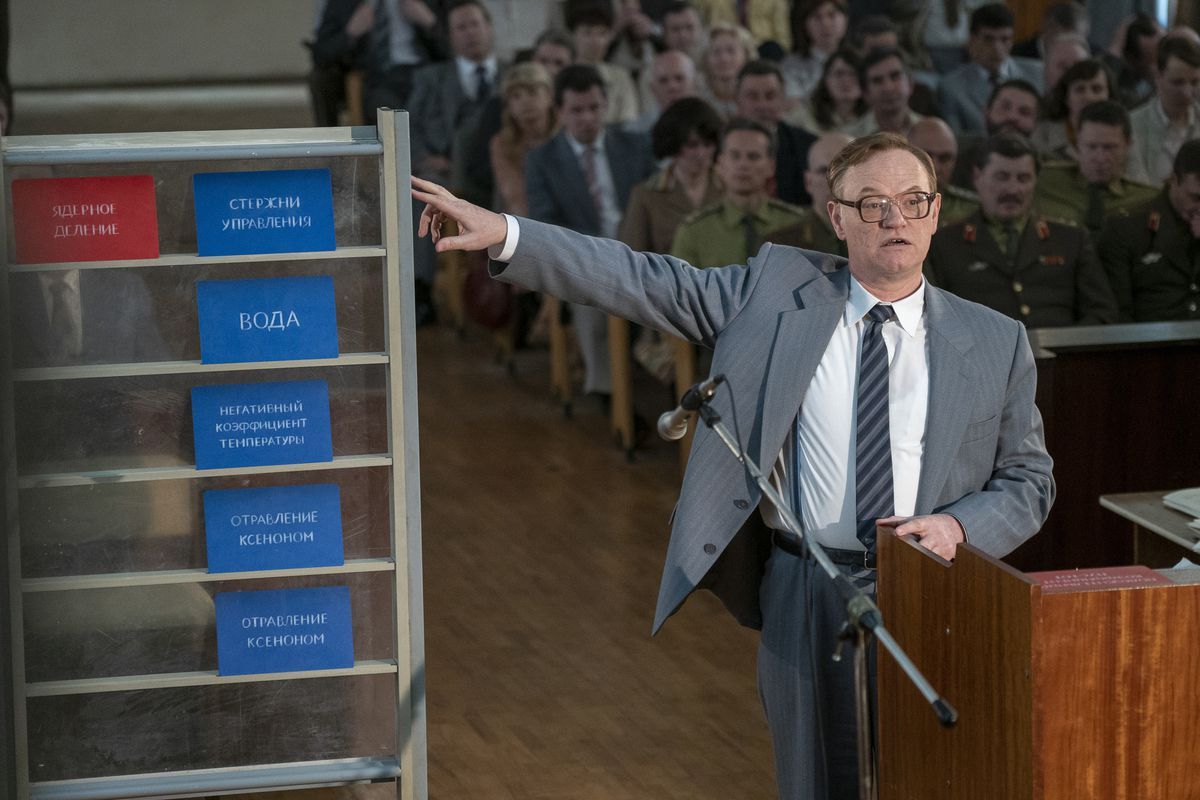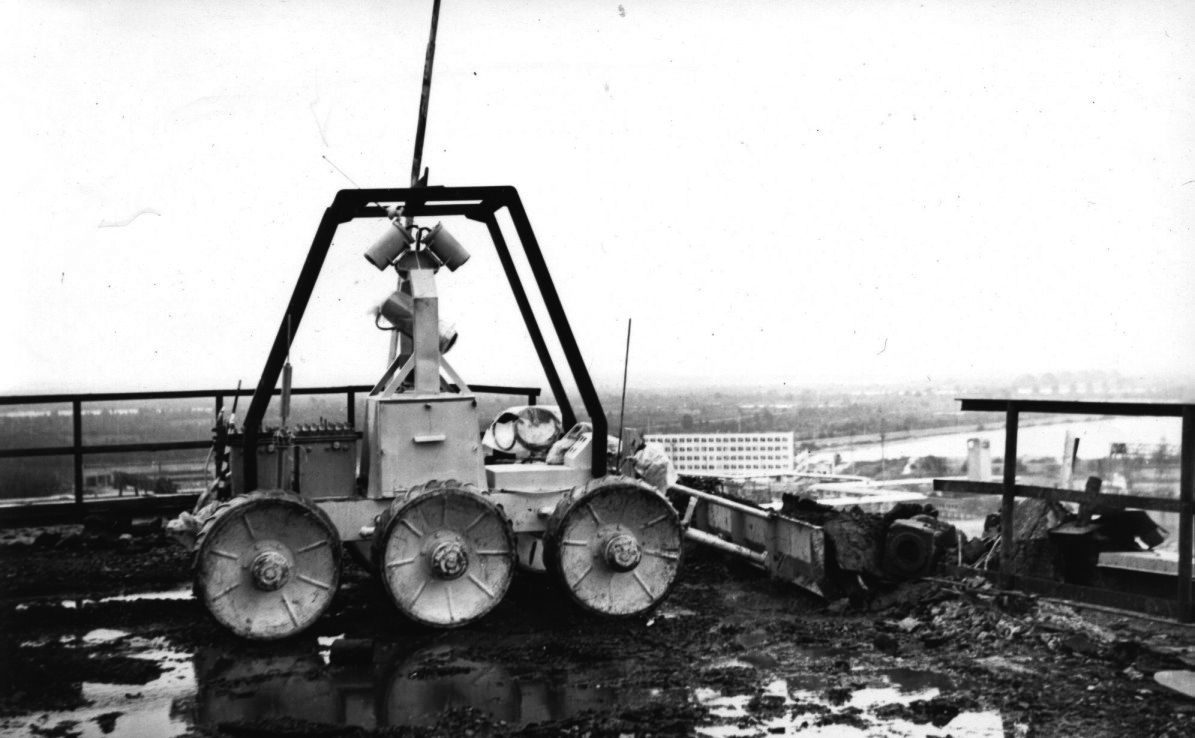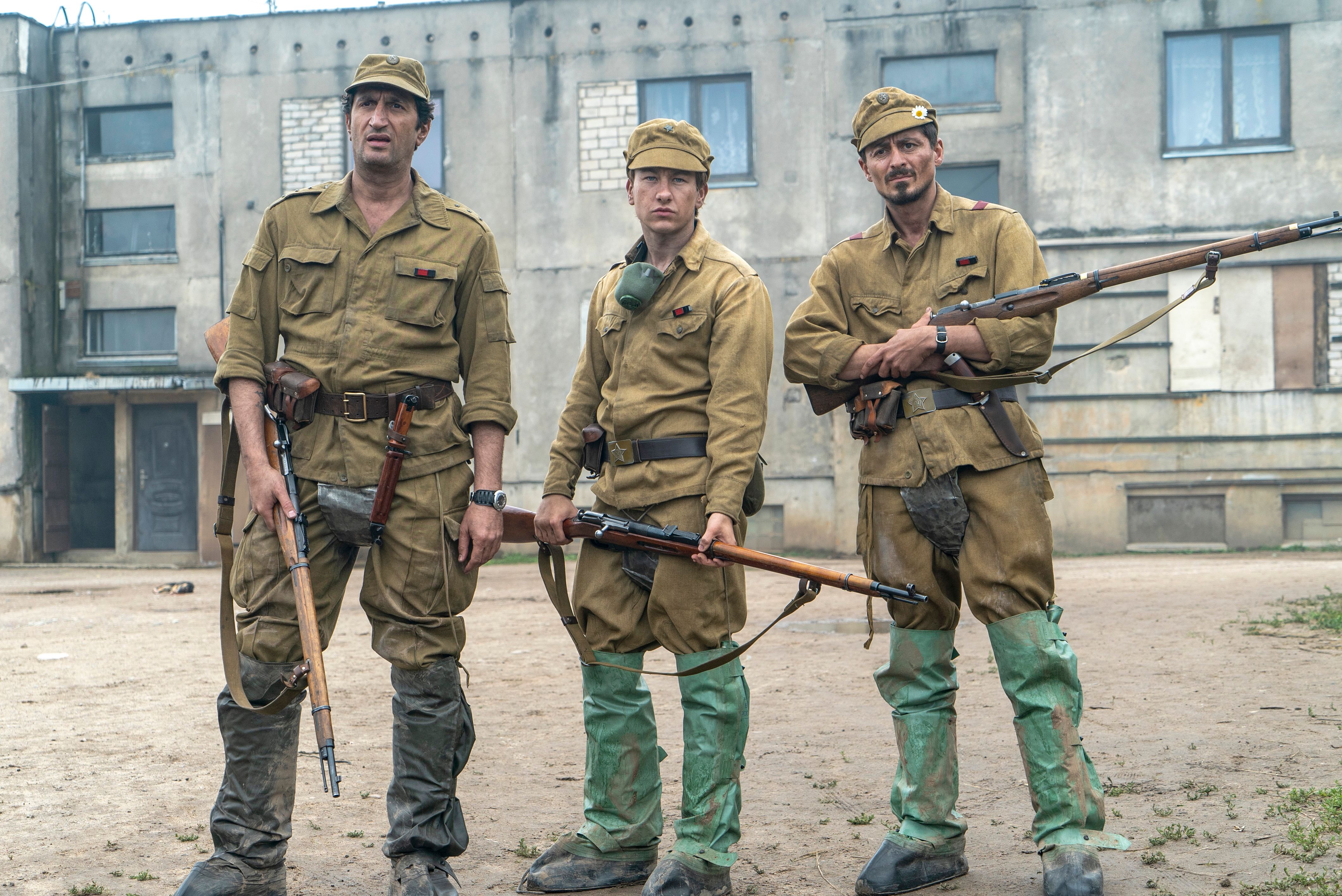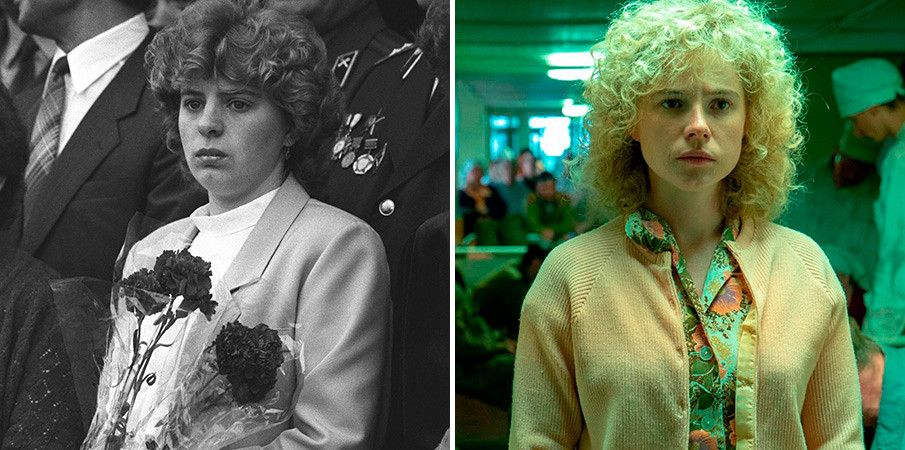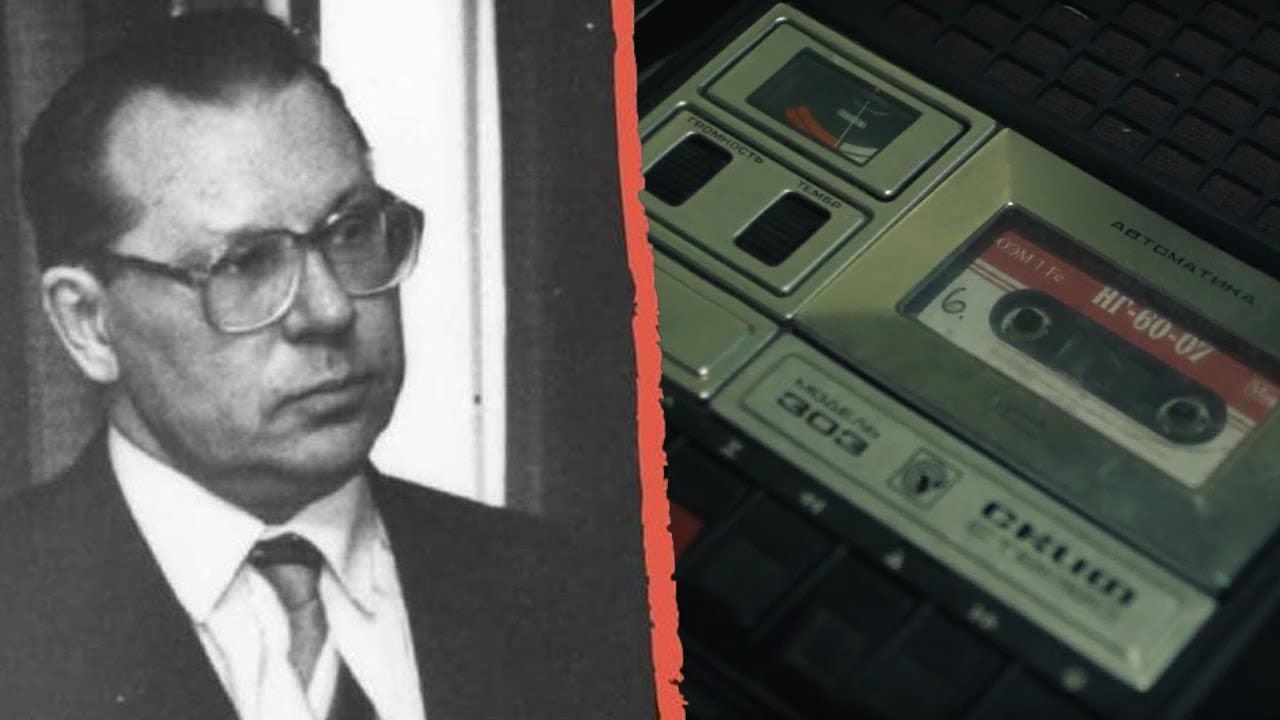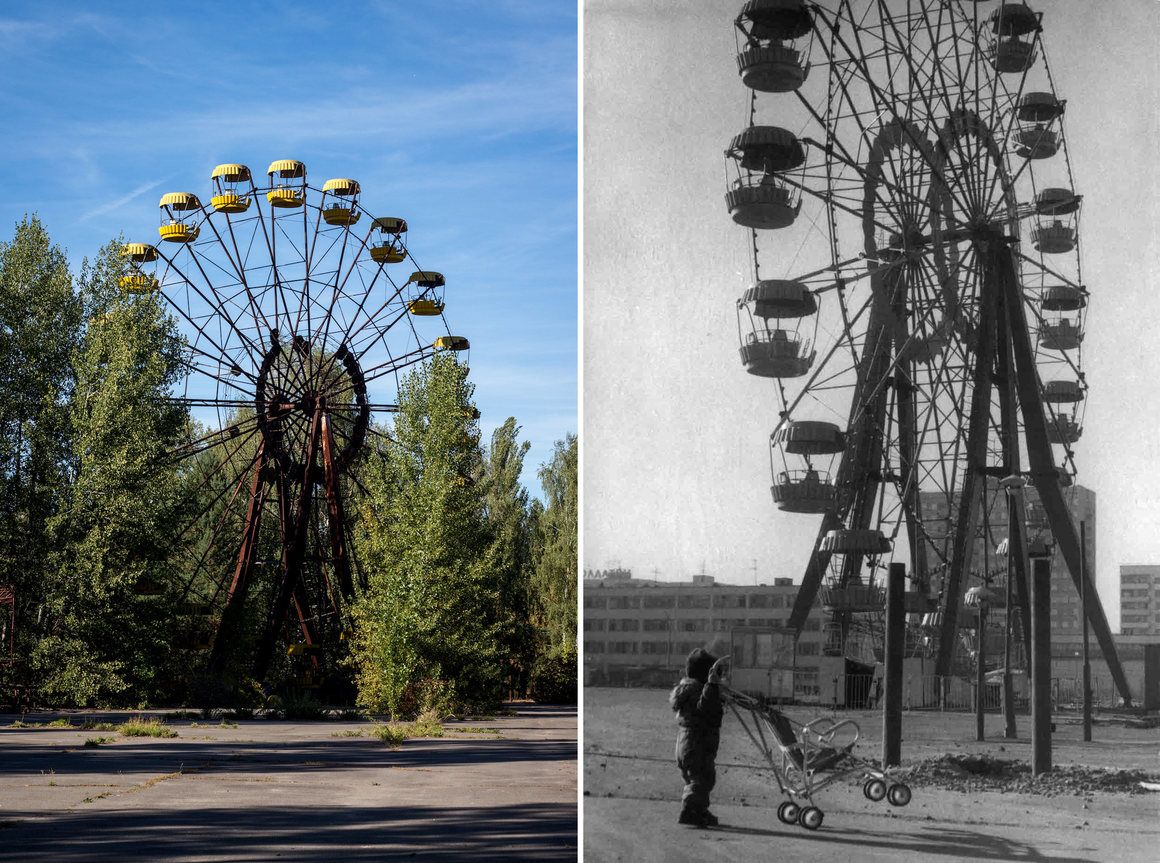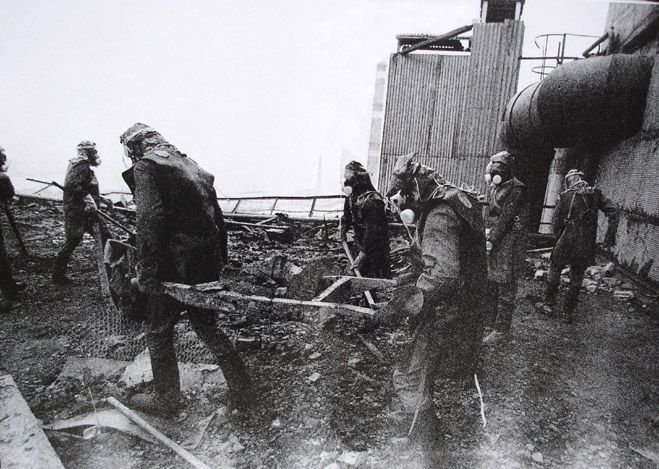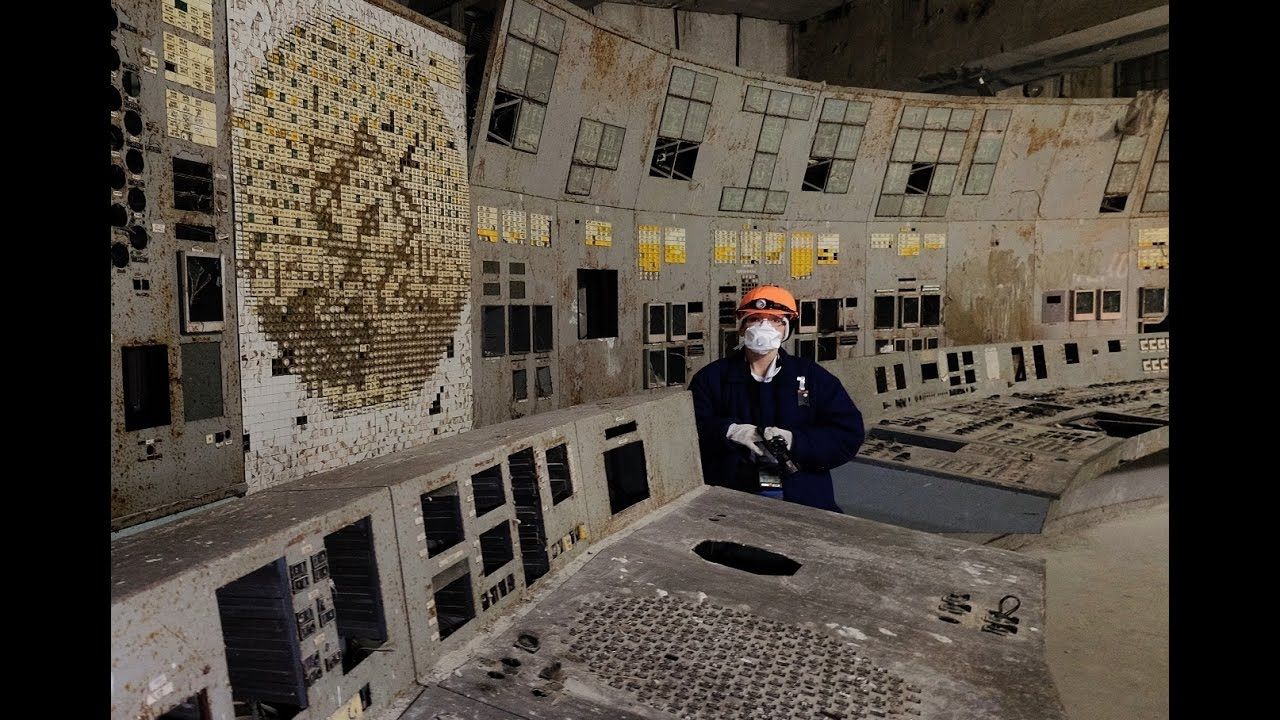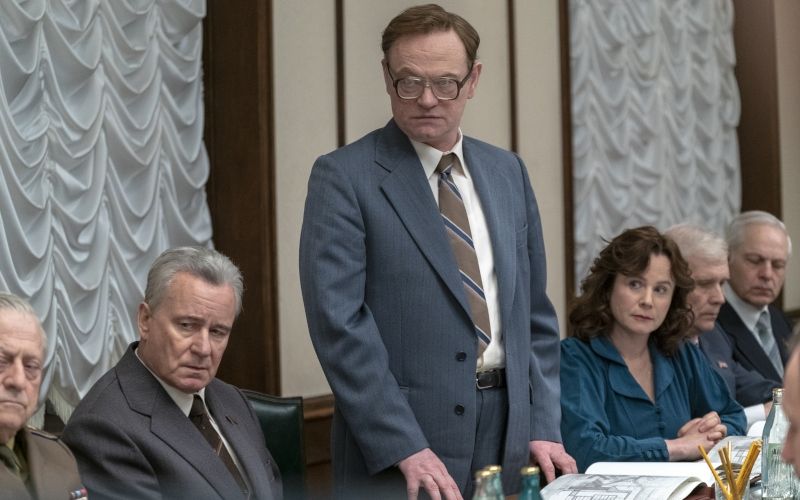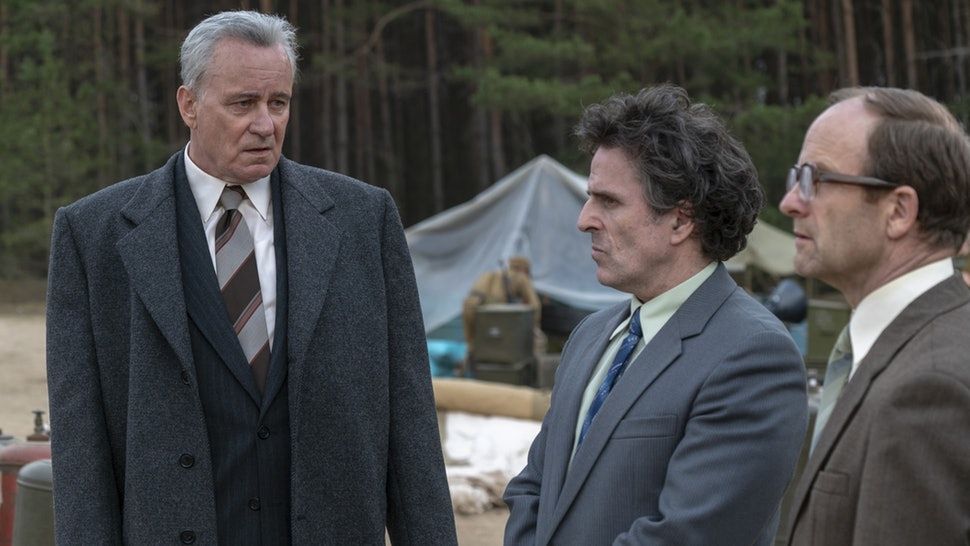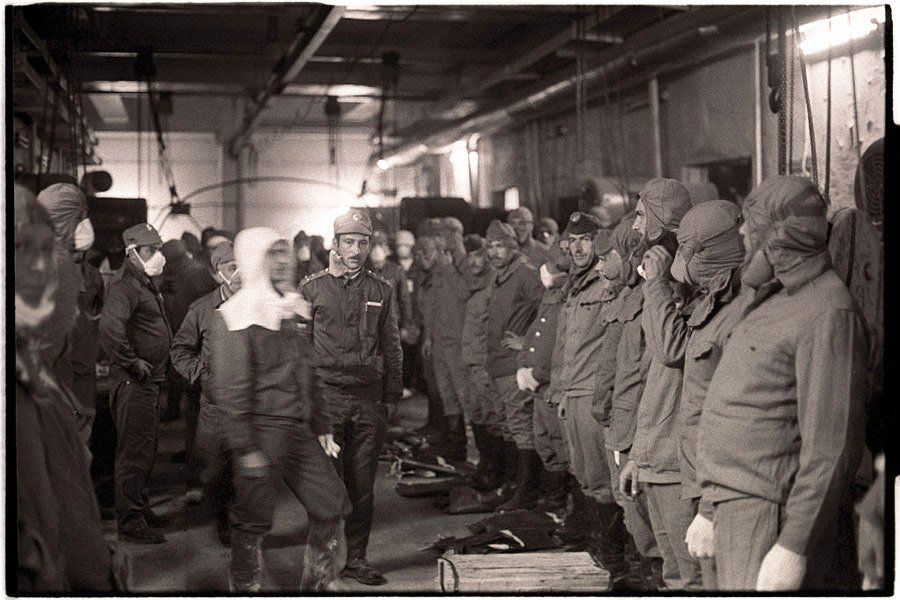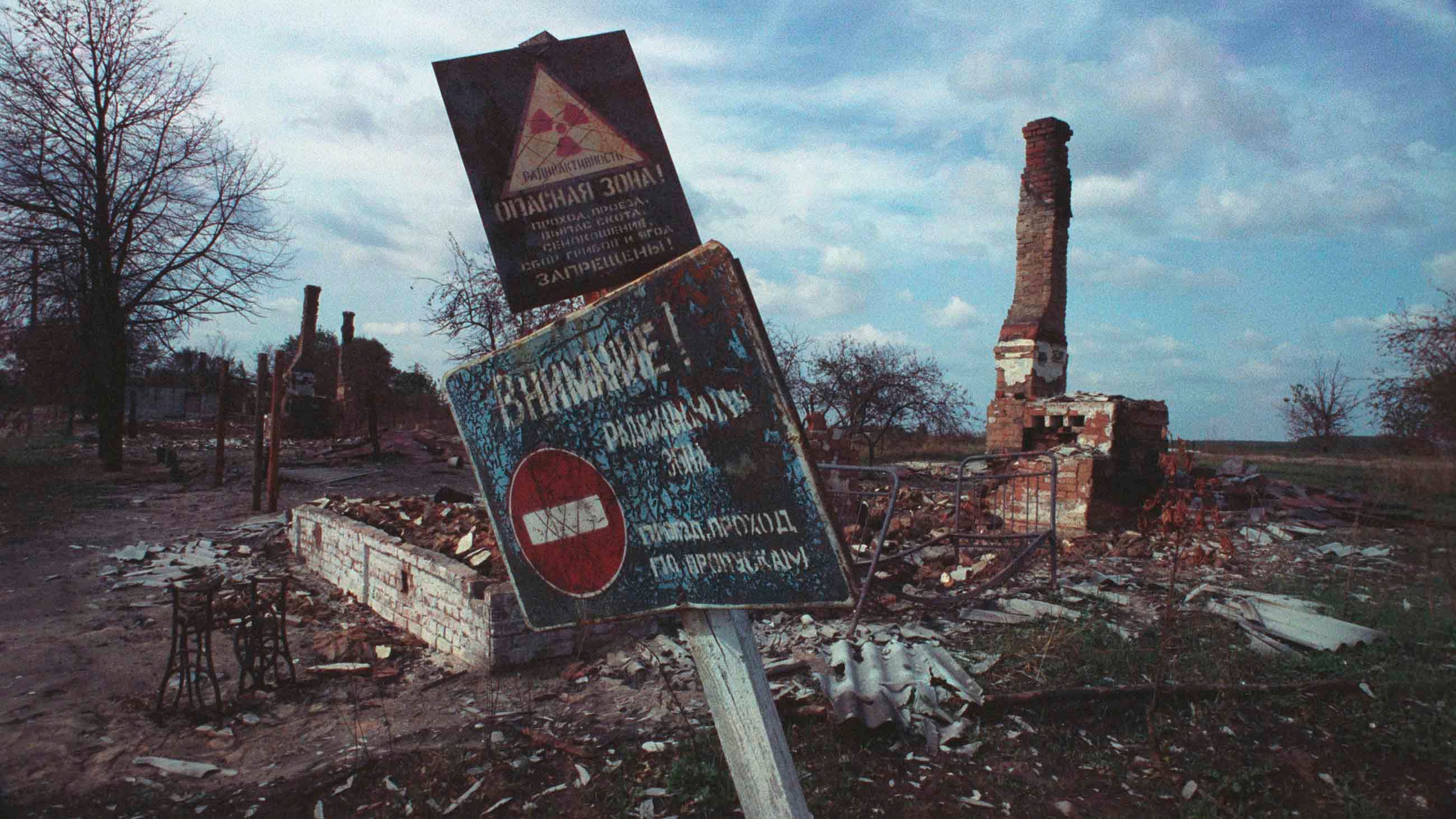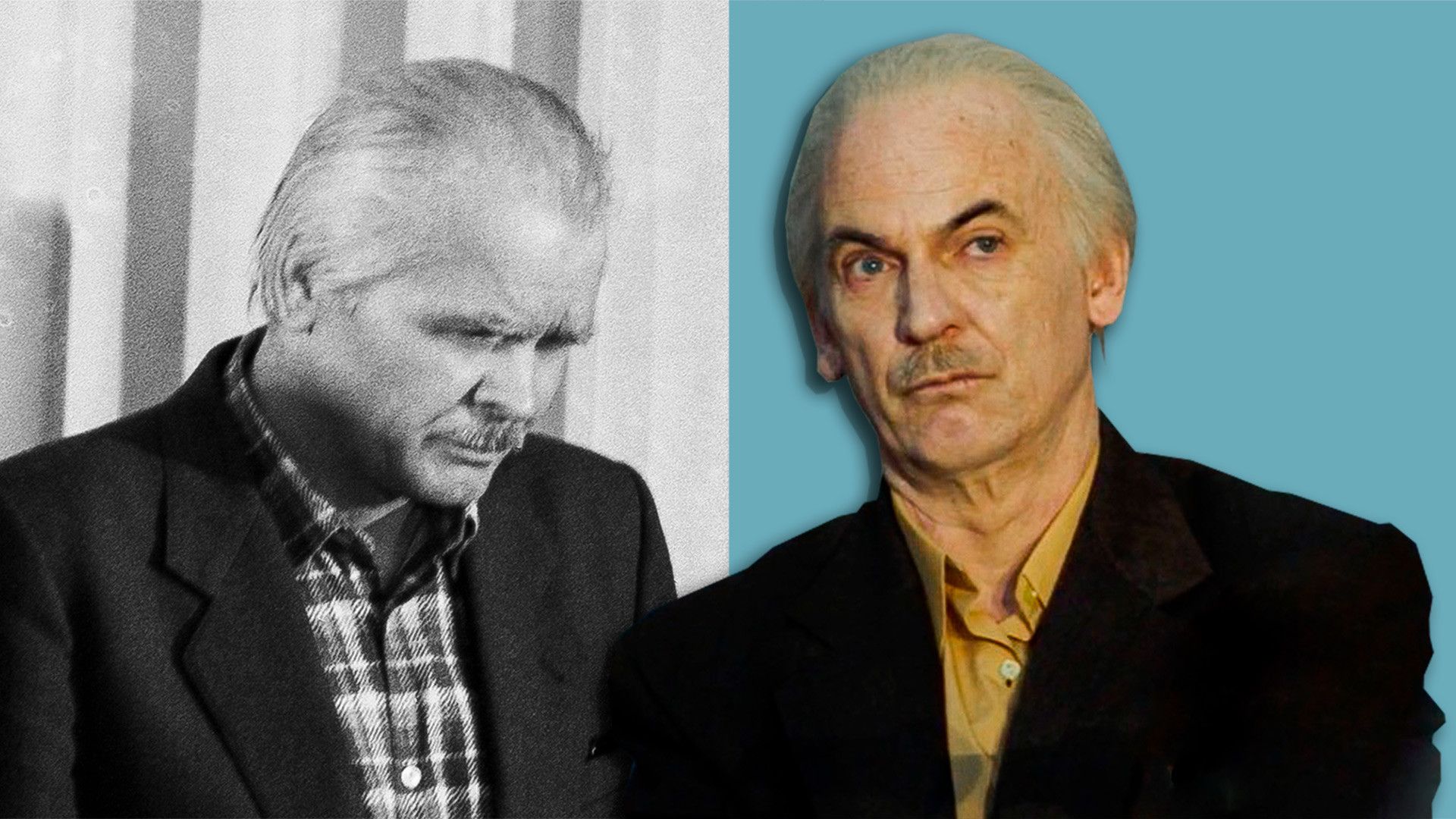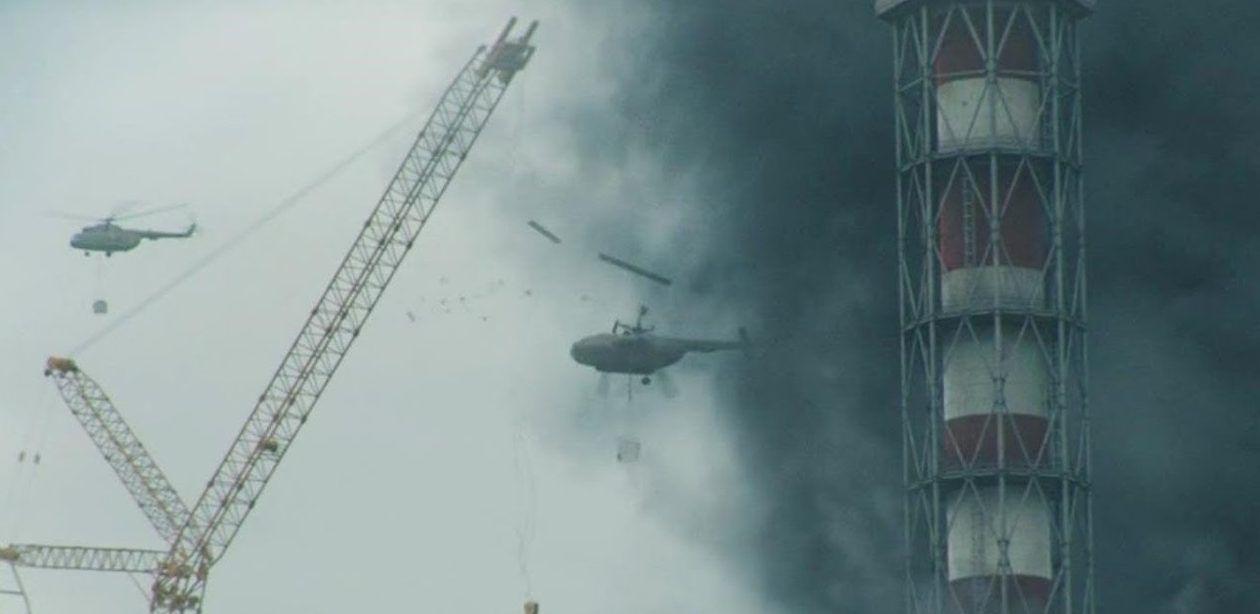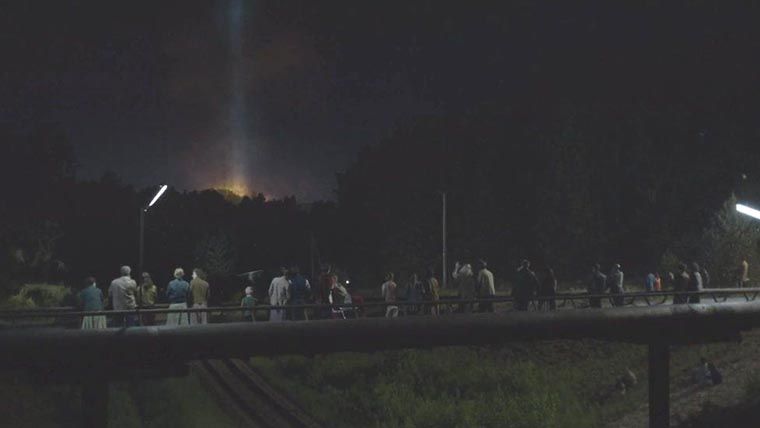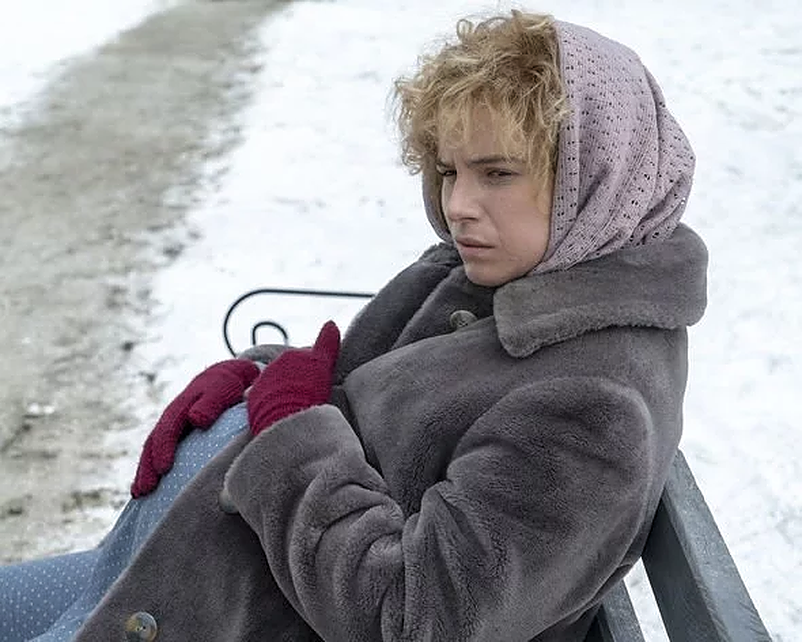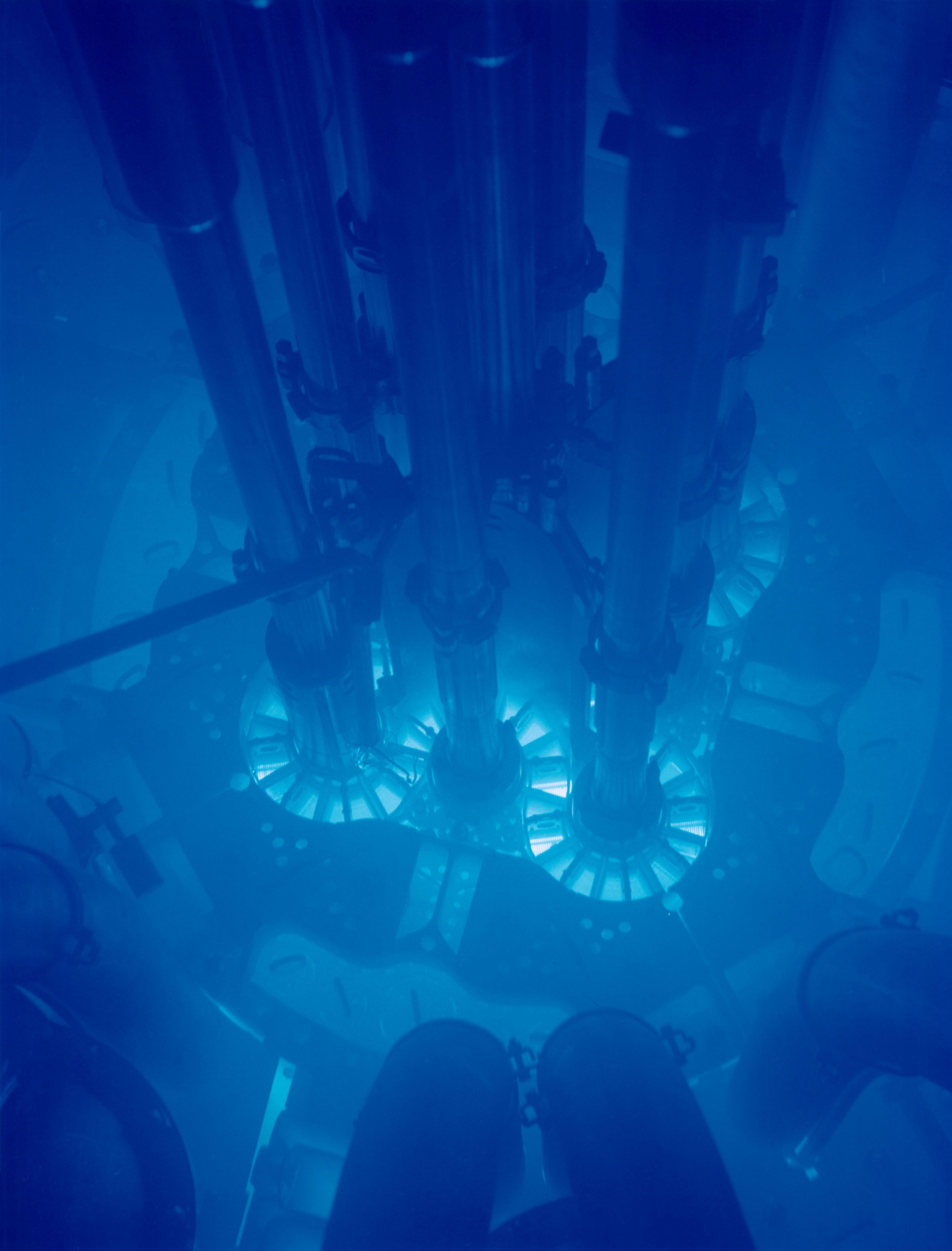Chernobyl is a harrowing, amazing show that chronicles the 1986 nuclear disaster at Chernobyl, which killed over 30 people outright, and over 9,000 over the following years. It was the worst nuclear disaster in history, arguably, and its mythic, mysterious status has always been the stuff of legends.
The show comes closer to the truth than any production before it—even documentaries. It was done expertly and shows the negligence and problems with the Soviet Union at the time, and the hurdles that the scientists had to jump through to see change come to fruition.
But it’s also an HBO production, so there are plenty of fabricated events, head-scratching moments that make us think, and farfetched ideas that are portrayed on the show that never really happened.
Here are 12 things that HBO’s Chernobyl got right, and 8 it got wrong.
20 Right: An Accurate Representation Of The Soviet Union’s Material Culture
One thing that was spot-on with HBO’s show was the material culture of the Soviet Union. Never before has there been a show that so accurately represented the clothing, objects, the lighting itself of the 1980s Ukraine, Belarus, and Moscow. Even though there are some tiny errors, even Russian television and film have never captured the essence of the USSR like Chernobyl did.
19 Right: Accurately Portrayed The Soviet Union’s Bureaucratic Indirectness
The containment of information and the intentional spreading of misinformation on the show was also expertly shown in Chernobyl. For instance, when Zharkov gave his chilling, accurate speech about his companions “having faith,” it was just how the Soviets really did things: “We seal off the city. No one leaves. And cut the phone lines. Contain the spread of misinformation. That is how we keep the people from undermining the fruits of their own labor.”
18 Right: Prosecutors Wielded More Power Than Judges
The final episode of Chernobyl encapsulates the Soviet legal system perfectly. It was all a show—a play—during the trial of the three condemned men deemed responsible for the disaster. For instance, the Central Committee overrides the judge, who then looks to the prosecutor for direction, and the prosecutor gives him a nod. In a backward way, the prosecutors had more power than the judges, and they all worked to do the bidding of the Central Committee.
17 Right: It Was The Soviet System That Created Chernobyl
In Serhii Plokhy’s 2018 book on Chernobyl, he explains that the Soviet system itself created the Chernobyl disaster—it was not due to any lack of trying or negligence, necessarily, on the scientists’ part. When Legasov explains what happened due to the tips of the control rods being made of graphite, he explains the USSR disregarded safety precautions because “it’s cheaper.” In essence, it’s that system of negligence on the Soviet Union’s part that really caused the disaster.
16 Right: Soviets Really Did Try To Use Robots To Clean The Contamination Site
In episode four, we see men throwing blocks of radioactive graphite off the roof of the power plant, and while their efforts were appreciated, in 1990 the Soviets used remote-controlled robots to try to clean the “most dangerous place on earth.” Advanced US robots could have aided the decontamination, but the tension between the two countries dissuaded Ukraine from asking for help. In the end, they had to resort to human labor again to decontaminate the site.
15 Right: Squads Were Ordered To Shoot Contaminated Animals
The very sad and harrowing scenes where the young soldiers are having to shoot contaminated animals really happened. About 36 hours after the explosion, Pripyat residents were given 50 minutes to gather their belongings and evacuate. None could bring their pets. Squads of Soviet soldiers were sent in to kill dogs and pets in the Chernobyl exclusion zone, to prevent the spread of contamination. About 300 stray dogs remained in the exclusion zone, but most of them didn’t live past the age of 6 due to predation and harsh winter conditions (not contamination).
14 Right: The Firefighter And Pregnant Wife Event Was Real
The firefighter Vasily Ignatenko and his wife Lyudmilla were scheduled to leave Belarus on the morning of the explosion, and Vasily’s plans were cut short when he unknowingly went to put out the flames and caught severe radiation poisoning. In the book Voices from Chernobyl, Lyudmilla visited her husband in the hospital and was told, “If you start crying, I’ll kick you out right away.” Vasily died 14 days after the accident, and he was buried in a zinc coffin.
13 Right: Legasov Recorded His Thoughts On Cassette Tapes
Valery Legasov, the real chief scientific investigator of Chernobyl, really did record his personal account of the disaster on cassette tapes, and then released them before hanging himself on April 26, 1988—on the second anniversary of the accident. While the transcripts of the real recordings don’t exactly match those on the show, when the official told him he would “remain immaterial to the world” so that no one knew he lived at all… that happened: His name and an obituary were not mentioned in dozens of Soviet media reports.
12 Right: It Accurately Portrayed How Time Stopped In The Exclusion Zones
Photographer David McMillan has journeyed to the abandoned towns around Chernobyl over 20 times over the past 25 years, and his captivating photo series have shown how suddenly time froze after the disaster. Many of his pictures show before and after shots with 20-year gaps, and they show the dressers, walls, floors, and even the way curtains have been pulled back were all in the exact same positions in 2011 as they were in 1997.
11 Right: The “Liquidators” Of Chernobyl Were Real
Photographer Tom Skipp has paid tribute in the past to the 600,000 men and women who risked their lives to take on the job as the “liquidators” of Chernobyl. These men and women really existed: the ones on the roof throwing debris down; people cleaning and decontaminating the streets; felling trees. The tragedy ultimately claimed at least 9,000 lives, and as Skipp said, “No personal sacrifice was too much for these men and women. The liquidators were sent into impossible scenarios where even machines failed.”
10 Right: Everything In The Control Room (And More) Really Happened
Although episode 1, “1:23:45” is the time stamp shown when the fire alarm was activated, it wasn’t activated until 1:26:03 in real life. But other than that, everything portrayed in the control room of the power plant really happened—right down to the most minute negligent situation. The cover-up, the blasé reaction by Dyatlov, the engineers believing the core was still intact… it’s all real.
9 Right: Valery Legasov Hanging Himself Truly Did Open The Floodgates To Change
At the end of Chernobyl (well, actually at the beginning), we’re led to believe that Valery Legasov hanging himself was responsible for setting change in motion, and that’s true. His death, which came two years to the day after the accident, happened one day after he was to announce the results of his investigation into the causes of the disaster. His suicide caused shockwaves in the Soviet Union, and after his tapes were released, the design of the control rods that caused the accident in RBMK reactors was rapidly admitted and finally addressed.
8 Wrong: Failed To Accurately Portray Soviet Relationships Of Power
One of the show’s biggest flaws was in its disregard for accurately portraying the Soviet relationships of power. The hierarchies in the show would have never worked in real life. For instance, Ulana Khomyuk, the female nuclear scientist, would have never been able to get the clearances and high position speaking with the head of the Central Committee like she was able to. Legasov wouldn’t have been able to veto Boris’ decisions, or even yell at him, without being heavily reprimanded—and he probably wouldn’t have had any say in decisions at all.
7 Wrong: Summary Executions Were Not Part Of Soviet Life At This Time
Another inaccuracy is more literary license on HBO’s part: people throughout the show acting out of fear of being shot or executed. Boris says to multiple people (or implies) that if they don’t do his bidding, they’ll be shot. In real life, executions and delayed executions on orders of the apparatchik were not a feature of Soviet life after the 1930s. Most Soviets did what they were told without being threatened with punishment or death, but that doesn’t make for as exciting television.
6 Wrong: Soviet Propaganda And Censorship Existed To Prevent Expert Knowledge
The problem with Ulana Khomyuk being fictional (and created from about 12 different scientists) is her plausibility isn’t realistic. Digging up the scientific paper that has been censored would not have been possible. Getting herself arrested and then into the meeting with Gorbachev, not possible. The Soviet system of propaganda and censorship in real life existed to make this kind of learning impossible, by replacing facts with untruths, rather than to purposely spread misinformation.
5 Wrong: Anatoly Dyatlov Is Not To Blame For Chernobyl
Even though Anatoly Dyatlov—the arrogant, negligent scientist played by Paul Ritter—is a great antagonist for the show, in real life he wasn’t to blame for the Chernobyl disaster. In the show he does all of the foolish, evil things he does because he’s looking for a promotion. But in fact, it was the system itself: cutting corners, buying cheap products, ignoring precautions, that blew up the nuclear reactor. Dyatlov was a good antagonist, but farfetched as to his importance in the real disaster.
4 Wrong: Radiation Exposure Didn’t Cause A Helicopter Crash
The dramatic scene where the helicopter flies over the open reactor and then crashes due to intense radiation did not actually happen. There is helicopter footage taken that shows static and distortions generation from the radiation, but it didn’t cause a crash. There were also reports of pilots getting radiation poisoning. There was a helicopter crash that happened months later, but it had nothing to do with the reactor core’s radiation cloud.
3 Wrong: The “Bridge Of Death” Is An Urban Legend
The “Bridge of Death,” where the citizens of Pripyat went to watch the falling debris and all died of radiation poisoning—that’s an urban legend that is unfounded and has been disproven. While some people did go to the bridge to watch the fire, there’s no evidence that all the people on the bridge died—or any of them—and there’s no evidence that the radiation doses from that distance were so dangerously, ridiculously high.
2 Wrong: Radiation Didn’t Hurt Unborn Babies
Contrary to what the series shows, radiation did not hurt unborn babies. Although the firefighter widow’s baby died four months after birth, the cause was liver fibrosis and congenital heart defects, neither of which were caused by in utero radiation exposure. Sadly, over 100,000 women across Western Europe terminated pregnancies because of the false claim that radiation would deform or kill their babies, but that fear was mainly propaganda based, according to studies by the World Health Organization.
1 Wrong: That Shining Blue Light From The Reactor Wasn’t Real
The blue light beam that shoots to the heavens from the open reactor core is another touch of Hollywood, to heighten the effect and lend immediacy to the disaster. While nuclear reactors can produce a blue hue from something called Cherenkov radiation, there’s no way that Unit 4 would have looked like the Luxor casino in Las Vegas solely due to the radiation and fire.
References: livescience.com, newyorker.com, businessinsider.com, wired.com

